With many household budgets stretched to the limit, consider these crops to sow, plant and grow this month as a great way of making fully productive use of your garden or allotment.
To help you along, I’ve also included some useful, budget-friendly growing tips from two of the country’s most experienced organic gardeners, Nicky Kyle, the Dublin-based organic gardener, blogger and broadcaster, (nickykylegardening.com), and Kitty Scully, the Laois-based organic kitchen gardener and presenter of RTÉ’s upcoming Bord Bia-sponsored show Homegrown.
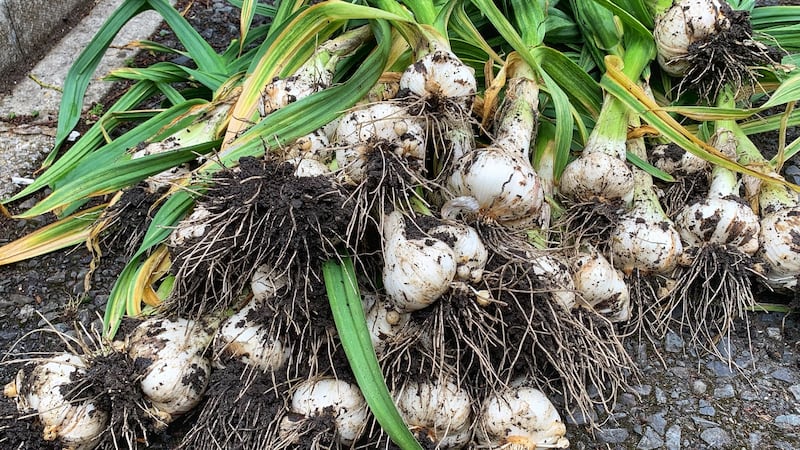
Garlic
Garlic is a hugely rewarding, space-efficient crop that can be planted as individual “cloves” or bulb segments at this time of year to give a fantastically productive harvest next summer. This sun-loving member of the onion family likes a warm, sheltered position in full sun and a free-draining but fertile soil that hasn’t been very recently manured or dug. Suitable varieties for autumn planting include ‘Cristo’, ‘Vigor’, ‘Supreme’, ‘Germidour’ and ‘Thermidrome’, all of which will also do very well when grown under cover of a polytunnel or glasshouse. One of the great tips that Scully shares is to plant the cloves into holes cut into a non-woven, weed-control mulch fabric such as Infesta (available from fruithillfarm.com), a very low-maintenance way to keep these bulbous plants healthy weed-free and productive.

Oriental leaves
For any gardeners with very limited growing space, oriental salad leaves are a marvellous way to make full use of it throughout the winter and spring months so long as you can offer the plants a sheltered spot with some protection from frost and icy winds. They’re also an excellent choice for anyone with an unheated glasshouse, polytunnel, cold frame, a bright cool porch or to grow in pots/ a window-box on a sunny windowsill indoors. If you’re the handy type, then Kyle recommends making your own budget-friendly outdoor crop cover from simple lengths of repurposed timber and clear plastic sheeting (see her blog for details). Many different seed mixes and combinations using different varieties of mibuna, mizuna, mustard, rocket, komatsuma, pak choi, turnip tops and Chinese cabbage are available from online Irish seed suppliers including brownenvelopeseeds.com; greenvegetableseeds.com; theorganiccentre.ie; irishseedsavers.ie; giy.ie and can be sown now in early October.
Pamela Anderson: ‘I felt like life was really like death for me’
Dr Lydia Foy: ‘I never got an apology actually. It would be nice to get one’
‘This is a disaster waiting to happen, and it will happen’: Ireland’s falling child vaccine rates
TJ McIntyre: Case involving Gript, X and the State is grist to the conspiracy theorist mill
Rhubarb
From mouth-wateringly delicious rhubarb crumble and jam to homemade lemonade and wine, few kitchen garden plants are as versatile or as reliably productive and easy to grow as this very long-lived, hardy perennial. If you have enough space, it’s even possible to choose a mixture of early, midseason and late cropping kinds to give a really extended harvesting season from February right through to autumn. One of the earliest and most flavoursome is the classic variety known as ‘Timperley Early’, which is also suitable for “forcing”, an age-old method of producing a very early crop of juicy, tender stalks by covering the crown of the plant in midwinter with a bucket or rhubarb forcer. ‘Raspberry Red’ is a delicious, heavy-cropping midseason variety that can be harvested from April to late June while ‘Livingston’ and ‘Valentine’ are two very tasty, long-cropping varieties that are productive from late spring until September-October if kept well-fed and watered. Where to grow it? Rhubarb needs a cool, hummus-rich, moisture-retentive but free-draining soil, and a sunny, weed-free spot in the garden far away from the competing root-systems of tress/shrubs/hedges. Where space is tight, it can also be grown in a large tub (minimum capacity 40 litre). Always plant so that the dormant buds are at or just above (heavy soils) or just below (lighter soils) ground level, leaving about a metre between plants. For best results, keep plants watered during droughty periods and mulch around the crown with well-rotted manure or garden compost in late winter-early spring. Recommended stockists include most good garden centres, online suppliers such as quickcrop.ie; mrmiddleton.com
Hardy winter lettuce
Yes, you can grow certain kinds of lettuce over the winter months just so long as you can give these hardy varieties a bright, warm, sheltered spot in the garden or allotment or better again, grow them under cover of a polytunnel, glasshouse or cold frame.
Popular varieties for growing in this way include ‘Arctic King’ (butterhead type); ‘winter Gem (cos type); ‘winter Density (semi-cos, like a larger version of little gem); ‘Navara’ (dark red oakleaf type); and ‘Brighton’, a butterhead variety that Scully highly recommends and which many of the country’s commercial growers also swear by. Young plants are available from good garden centres at this time of year as well as to order from specialist suppliers such as quickcrop.ie
Fruit
Just one fruit tree (a self-fertile variety) or fruit bush in your garden or allotment will reward you with years of delicious produce with which to make puddings, pies, tarts, crumbles, jams, jellies and homemade liqueurs. Where space is tight, these plants can be trained in a variety of clever ways (espaliers, fans, cordons, standards, umbrellas) and grown against a sunny wall or sturdy fence or with the support of posts and/or strong horizontal wires. Alternatively, use the space to grow something you’ll never be able to easily buy in your average supermarket.
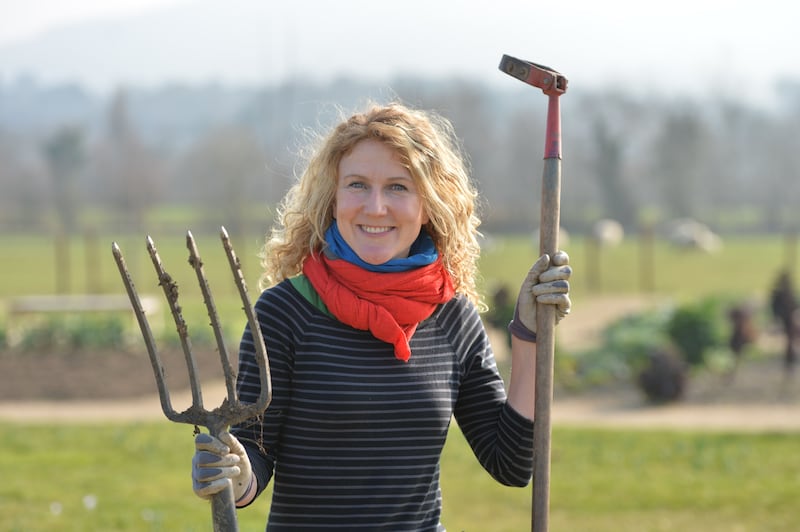
Examples include the acid-loving Chilean Guava tree (Myrtus uggni/Ugni molinae); figs (Ficus); baby kiwis (Actinidia arguta ‘Issai’); medlars (Mespilus germanica); and honeyberry (Lonicera caerulea). Another unusual fruiting shrub that Scully recommends growing is the super-tough chokeberry (Aronia melnocarpa, available from futureforests.ie). Many of these will be available to buy as budget-friendly bare-root plants towards the end of the month
Broad beans
Not a crop for gardeners with limited growing space, but a very rewarding overwintering crop for an allotment, kitchen garden or polytunnel, these will give you a tasty late-spring harvest of succulent beans to use in stir fries, salads and risottos. Seek out seeds of the hardy, ultra-productive, early cropping variety known as ‘Super Aquadulce’ which is best suited to autumn sowing. For best results, sow them into root liners or individual pots for transplanting out as young plants into their final growing positions, spacing them 15cm apart. Broad beans like a sheltered, sunny spot and a fertile, moisture-retentive free draining soil that hasn’t been very recently manured.
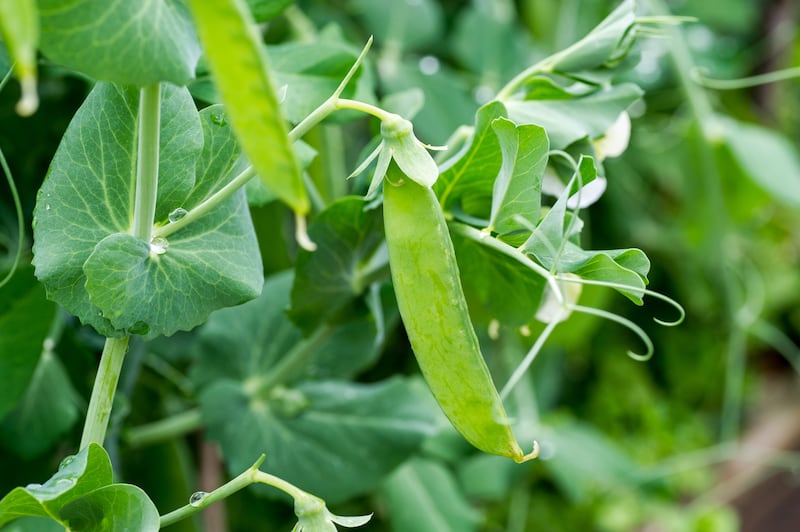
Peas please
Peas are another crop that appreciate the damper, cooler growing conditions of autumn-winter as long as the soil doesn’t become very cold and waterlogged and you can offer their twining stems some support to keep them off the ground as well as some protection against slugs. As always, the plants will do best in an unheated polytunnel or glasshouse but can also be grown outdoors, either in the ground or in a largish pot or container.
Recommended varieties include ‘Douce Provence’; ‘Meteor’; and ‘Avola’. Mice love to steal the recently-sown seed so for best results, sow into modules or lengths of guttering, then cover with a fine-mesh netting and place outdoors on a table until the seedlings have properly emerged. These baby plants can then be transplanted into their final growing positions.
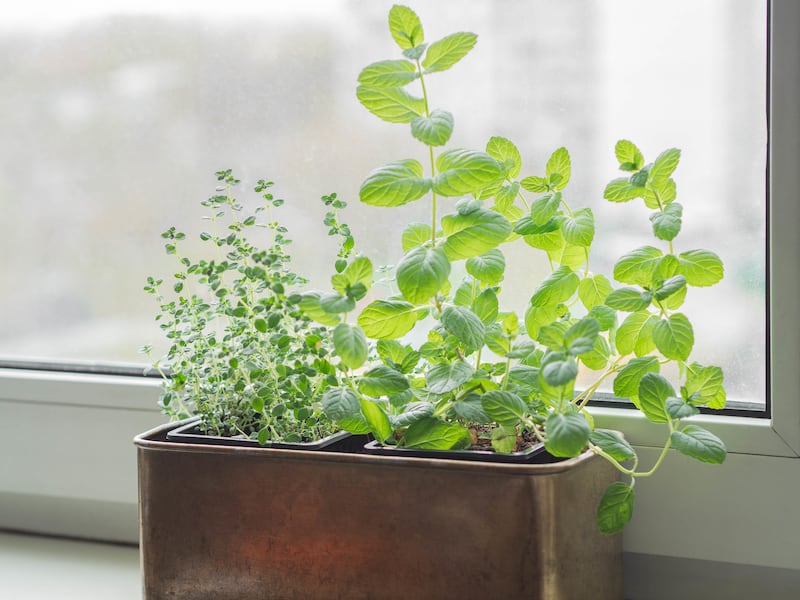
Windowsill herbs
Fresh herbs are costly to buy and often surprisingly difficult to source outside of summer. The good news is that many of the perennial and hardy annual kinds will remain productive throughout the winter and early spring months if you bring them indoors and grow them in pots on a bright windowsill. Suitable candidates include sage, mint, parsley, thyme, coriander and chervil. Just make sure to use a free-draining growing medium, give the plants individual containers with drainage holes at the base (don’t plant them together into a window box as they have varying water requirements), be careful not to overwater, and harvest in small amounts. All of these herbs will also do well under cover of an unheated polytunnel or glasshouse with the added protection of a few layers of horticultural fleece on frosty nights to keep them productive. They can also be sown and grown undercover as microgreens, another great way to use them in salads, soups and stir-fries.
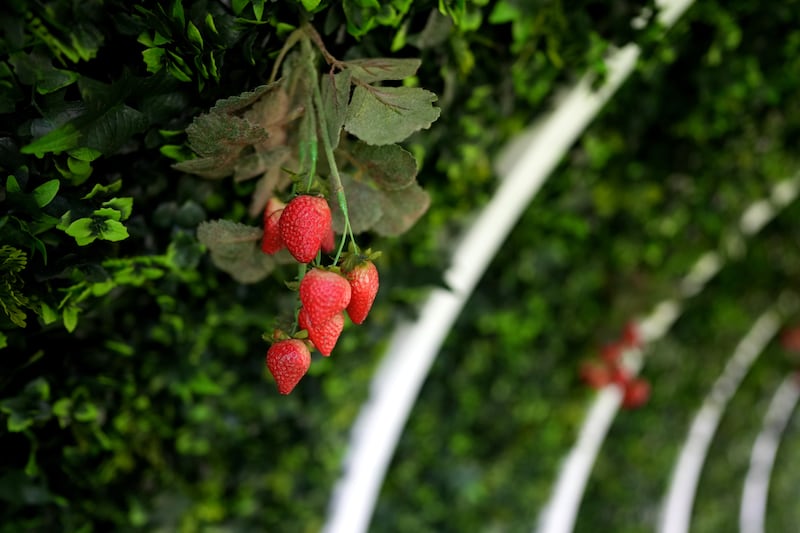
This week in the garden
October is a great time to plant a strawberry patch or to revitalise an existing patch or pot of strawberries by replacing old plants with young, vigorous, disease-free plants. Start by removing the old plants, then empty and refresh the compost (if container-grown) or work some well-rotted manure or homemade garden compost into the soil before replanting to the recommended spacing, spreading out and then firming the roots in while making sure that the crown of the plants is very slightly above ground level.
Faced with an autumn glut of home-grown produce? Another very useful recommendation from Nicky Kyle is to repurpose your old chest freezer (unplugged) as the perfect waterproof, airtight, rodent-proof storage container. Just make sure to store only undamaged fruit and root vegetables, bearing in mind that some varieties of fruit (for example early season apples) aren’t suitable for storing for more than a few weeks.
Dates for your diary
October 12th (7.30pm-9pm), How Gardening Contributes to the Science and Practice of Wellness, a Zoom talk by author and gardener Fiann Ó Nualláin, aka the Holistic Gardener, on behalf of the Royal Horticultural Society of Ireland, see rhsi.ie














